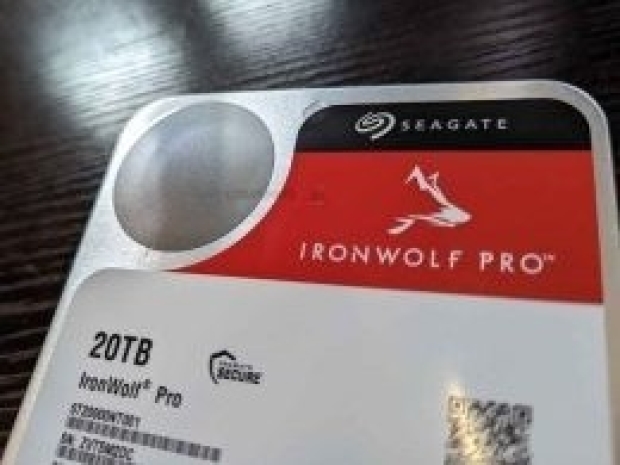HAMR tech has been cooking in Seagate’s smoke-filled labs for over 20 years. It uses tiny lasers to heat and expand minuscule sections of the drive platter so data can be written, then rapidly cools the surface in less than a nanosecond. The result is much higher storage density without the performance compromises of shingled magnetic recording.
These monster drives sit on Seagate’s Mosaic 3+ platform, which boasts areal densities of 3TB per disk and beyond. The company can push up to 36TB for its datacentre customers, but the 30TB models are the first to hit general availability.
Seagate couldn’t resist stuffing “AI” into its press release a staggering 21 times. The company pitched the drives as perfect for AI data storage, but let’s be real they’re ideal for anyone who needs massive capacity in a limited space, from media hoarders to corporate backup vaults.
Most consumer PCs have ditched spinning rust for SSDs, but hard drives still offer unbeatable cost-per-gigabyte for bulk storage. Data centres rely heavily on high-capacity HDDs, since ultra-fast performance isn’t always necessary and SSDs at this scale remain eye-wateringly expensive.
Seagate’s rivals are still playing catch-up. Western Digital is promising its first HAMR drives in 2027, but for now it’s using SMR to hit 32TB capacities. Toshiba is dabbling with HAMR and plans limited sampling later in 2025, though it hasn’t given a solid date for wider release.
This milestone comes after years of over-promised roadmaps where HAMR was always “just around the corner.” Seagate first floated the idea in the early 2000s, but manufacturing challenges and reliability concerns kept pushing it back. The arrival of a mass-market HAMR drives signals that the old mechanical workhorse still has life left in it, even as SSDs dominate the high-performance space.

